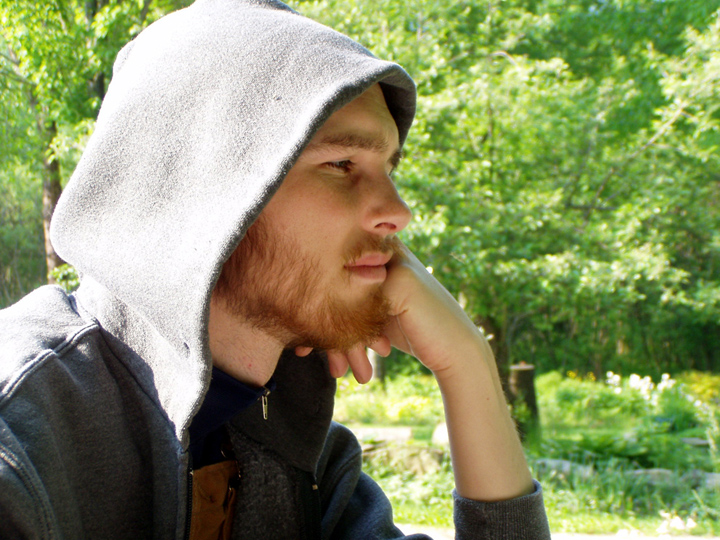
Amyotrophic lateral sclerosis (ALS), also known as Lou Gehrig's disease. ALS is a motor neuron disease classic. ALS is caused by a genetic defect. ALS is a progressive and fatal. the most frequent causes of death in patients with motor neuron diseases are not directly related to the disease, but result from simultaneous additional illnesses which ultimately occur because of the weakness of the body. These illnesses are often infections. Approximately 30,000 Americans currently have the disease. Genetic factors appear to play a role, and 10 percent of cases are clearly genetic, with family history. there are three types of ALS: sporadic classic family, and forms Marianas Islands. ELA Classic represents 90-95% of patients with ALS in the U.S. the rare form of the family is genetic or inherited and tends to affect people a little "younger (average age 47). most of people with ALS die of respiratory failure, usually three to five years after symptoms begin. Sometimes, people with amyotrophic lateral sclerosis develop pneumonia because they can not swallow and breathe (aspirate) food and oral secretions your lungs.
Generalized weakness and muscle wasting with cramps and muscle spasms common. ALS usually leaves the intellect intact and spares the senses of sight, hearing, smell, taste and touch. It does not affect involuntary muscles, like muscles that control heartbeat and bladder and bowel. Although the disease does not usually affect a person's mind or intelligence, several recent studies suggest that some estimates, 5,000 people in the U.S. are diagnosed with ALS each year. this disorder occurs in 4-8 per 100,000 people. the symptoms of motor neuron degeneration include muscle weakness and atrophy, muscle cramps and spasms of the muscles shooting can be seen under the skin (fasciculations). the treatment of ALS is also directed at suppressing the immune inflammation sense to play a role in the degeneration of the nervous system of these patients. Muscle cramps are common in patients with motor neuron involvement, while patients with upper motor neuron dysfunction may have clonus or extensor spasms painful.
ALS does not affect a person's mental capacity or the senses. ALS patients who have difficulty speaking may benefit from working with a speech therapist. Supportive care plays a crucial role in the care of patients with ALS. Physiotherapy, rehabilitation, use of braces or wheelchairs, or other orthopedic measures may be needed to maximize muscle function and general health. Choking is common. Patients may need a tube inserted into his stomach for feeding (gastrostomy). Medications may also be prescribed to relieve pain (if any), depression, anxiety, sleep disorders and constipation. Drugs such as baclofen (Lioresal) and tizanidine (Zanaflex) can be used to relieve severe spasticity. Physical therapy and special equipment can enhance the "independence" and the safety of patients throughout the course of ALS. Soft, low-impact aerobic exercise like walking, swimming and stationary bicycling can strengthen unaffected muscles, improve cardiovascular health, and help patients fight fatigue and depression. Regular exercise and physical therapy program can strengthen muscles and reduce spasticity. this helps to keep moving as long as possible.
Treatment of Amyotrophic Lateral Sclerosis Tips
1. Physical therapy and special equipment can enhance the "independence" and the safety of patients throughout the course of ALS.
2. insulin-like growth factor 1 has also been studied as a treatment for ALS.
3. drug riluzole (Rilutek), are also available to help people with pain, depression, insomnia and constipation. People with amyotrophic lateral sclerosis.
4. She is choking patients may need a tube inserted into his stomach for feeding (gastrostomy).
5. this supportive care is the best treatment for amyotrophic lateral sclerosis.
Incoming search terms for the article:best treatment for als patient (1),can multiple sclerosis cause swelling from spasms (1)